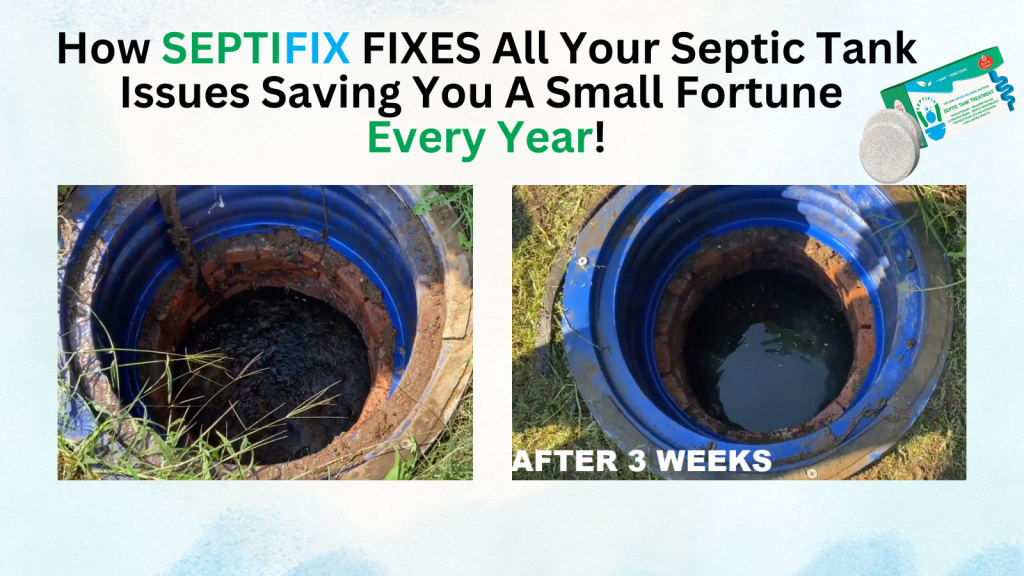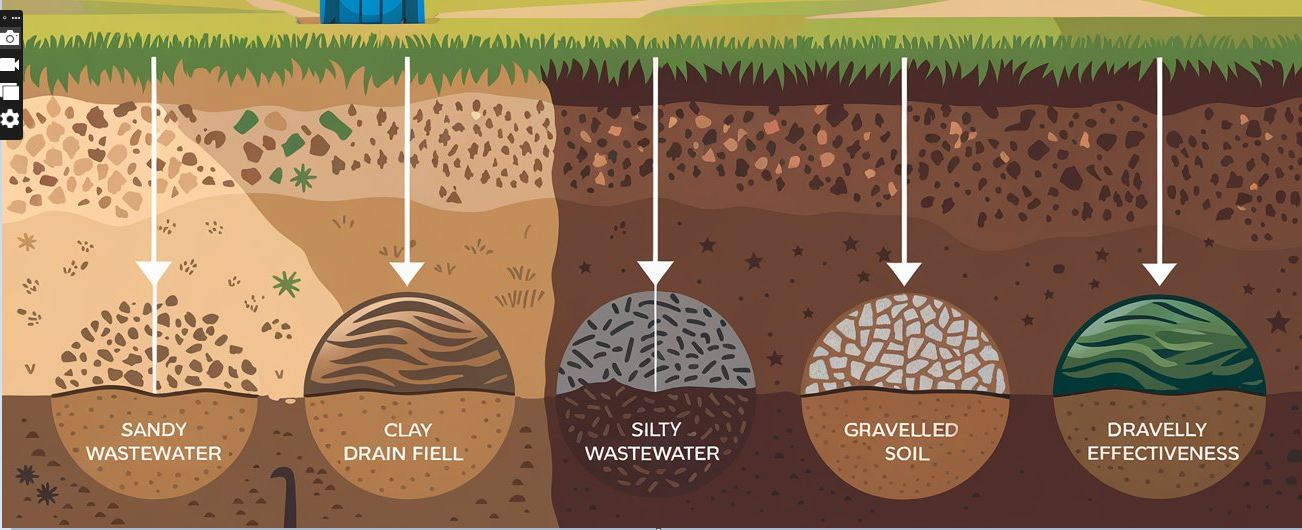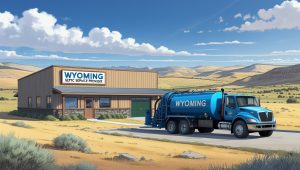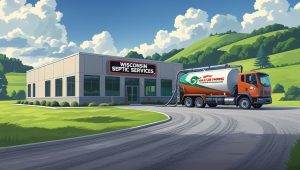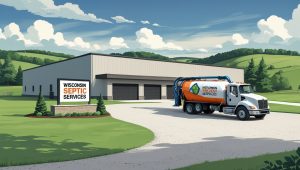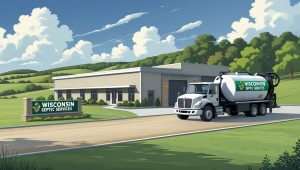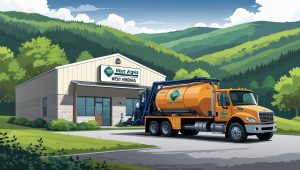When planning a septic system, one of the most important — and often overlooked — factors is the type of regional soil for septic systems. Soil plays a crucial role in wastewater treatment and drainage. It influences how well your septic drainfield (also known as a leach field or absorption area) absorbs and filters effluent. Choosing the wrong system for your soil type can lead to costly backups, slow drainage, and even environmental contamination.
Whether you’re installing a new septic system or troubleshooting an old one, understanding your region’s soil type can make all the difference.
Table of Content
- How Soil Affects Septic System Function
- Common Soil Types by Region
- Secondary Factors That Affect Soil Performance
- Contact Info and Resources
- Conclusion: Choosing the Right Septic System for Your Soil
- Septic Permit Links by State
How Soil Affects Septic System Function
Soil’s Role in Wastewater Treatment
After wastewater leaves the septic tank, it flows into the drainfield. The surrounding soil acts as a natural filter, removing harmful pathogens and nutrients. For this to work correctly, the soil must have the right texture, structure, and permeability.
Too much water retention, like in clay-rich soils, can cause ponding or system failure. Too little, as in sandy soil, may lead to insufficient filtering and groundwater contamination.
Key Properties That Influence Soil Suitability
- Permeability – how quickly water moves through soil
- Porosity – the amount of space between soil particles
- Texture – the proportion of sand, silt, and clay
- Drainage capacity – how well the soil disperses water
A percolation test (or “perc test”) is often required to determine these characteristics before installation.
Common Soil Types by Region
Sandy Soil – Coastal Areas and Southern States
Found commonly in Florida, South Carolina, and parts of Texas, sandy soil is known for its large particles and high permeability. It’s easy to dig and drains quickly. However, because it filters less effectively, it poses risks of nutrient leaching and groundwater contamination.
Best system types for sandy soil:
- Mound systems
- Aerobic Treatment Units (ATUs) with advanced filtration
Tip: Use denitrification media or liner barriers to improve treatment quality in sandy areas.
Clay Soil – Midwest and Parts of the South
Clay-heavy soils are common in Illinois, Mississippi, and Indiana. These soils have tiny particles that compact easily, slowing water movement and causing poor drainage.
Challenges:
- Slow percolation rate
- Higher risk of hydraulic overload
- Standing water near the drainfield
Best system types for clay soil:
- Raised-bed systems
- Drip distribution systems
- Low-pressure dosing (LPD) systems
Pro Insight: Clay soils may require larger drainfields or engineered solutions to meet code.
Loam Soil – Ideal Conditions, Found Nationwide
Loam, a mix of sand, silt, and clay, is considered the gold standard for septic drainfields. It’s well-balanced in drainage and filtering and is often found in parts of Pennsylvania, Oregon, and Virginia.
Advantages:
- Moderate drainage
- Effective natural filtration
- Support for gravity-fed systems
Best system types:
- Conventional gravity systems
- Chamber systems
Loamy soils are generally the most cost-effective and require the least amount of engineering.
Silt Soil – Floodplains and River Valleys
Silt soils are smooth and powdery, found along river basins such as those in Louisiana or the Ohio Valley. They retain water better than sand but are prone to compaction.
Challenges:
- Erosion risk
- Drainage can be inconsistent
- May lead to oversaturation in wet seasons
Best system types:
- Modified mound systems
- Pressure distribution systems
Note: Silty areas may also need seasonal drainage accommodations.
Rocky or Shallow Bedrock Soils – Mountainous and Desert Areas
Common in Arizona, Nevada, and Colorado, these soils are hard to excavate and may have poor absorption capacity. Septic drainfields must be adapted or elevated.
Best solutions:
- Above-ground systems
- Sand filter systems
- Holding tanks (in extreme cases)
Safety Tip: Avoid placing systems directly above fractured bedrock, which may allow untreated wastewater to enter aquifers.
Secondary Factors That Affect Soil Performance
Water Table Levels
High water tables, especially in wetlands or coastal regions, can saturate soils and reduce treatment efficiency. Installing a mounded or elevated system helps maintain distance between wastewater and the groundwater zone.
Seasonal Fluctuations
Freezing, flooding, or extreme dryness affects soil structure. In Northern states like Minnesota or Maine, freeze-thaw cycles can impact system performance. Proper insulation and deeper placement help mitigate these issues.
Human Impact
Landscaping, traffic over the drainfield, and construction can compact the soil, reducing its ability to absorb water. Use barriers, signage, or fencing to protect the septic area.
Contact Info and Resources
Here are some useful links and resources for testing and managing your soil type:
- National Resource Conservation Service (NRCS) Soil Survey – For detailed local soil data
- EPA Septic Smart Program – Maintenance and soil health guidance
- [State Department of Health or Environmental Quality] – For local septic installation rules and required tests
- Talk to a licensed septic contractor in your area for a soil evaluation and system recommendation.
Conclusion: Choosing the Right Septic System for Your Soil
Understanding the types of regional soil for septic systems isn’t just for engineers — it’s something every property owner should consider before installing or upgrading a system. From sandy beaches to rocky hillsides, each soil type presents its own challenges and advantages.
Before making decisions, conduct a perc test and consult with a local septic professional. Selecting a system that matches your soil conditions will lead to fewer headaches, better performance, and a longer system lifespan.
